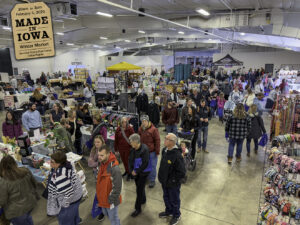Over the past few months, many vendors have asked me whether they should use a rug in their indoor or outdoor booths. Having been a vendor myself, I understand the concern—when I was doing vendor fairs, I chose to use a rug, and it made a noticeable difference in the look and feel of my space. Rugs offer numerous benefits, and I’ve outlined them below. I’ve also included safety tips to address common concerns about using rugs.
Why Use a Rug in Your Booth?
- Creates a Cozy and Inviting Space: Rugs add warmth and make your booth more inviting, encouraging customers to linger.
- Defines the Booth Area: A rug can delineate your space, giving your booth a polished and professional appearance.
- Protects Flooring or Products: For indoor events, rugs protect venue floors, while for outdoor events, they keep your items clean and off the ground.
- Showcases Style or Branding: A rug that matches your brand colors or aesthetic helps reinforce your identity and makes your booth memorable.
- Improves Comfort: Standing on a soft surface is easier on your feet during long vending hours, which is a big plus for vendors.
Tips for Using a Rug in Your Booth
- Choose the Right Rug:
- For Indoor Booths: Opt for lightweight, decorative rugs that complement your product display.
- For Outdoor Booths: Select durable, weather-resistant rugs designed for outdoor use. Look for options that can handle dirt, moisture, and wear.
- Secure the Rug:
- Use non-slip mats or double-sided rug tape to keep the rug securely in place, especially on smooth indoor floors.
- For outdoor setups, weigh down or anchor the rug to prevent it from moving due to wind or uneven terrain.
- Select the Proper Size:
- Choose a rug large enough to cover your main booth area but not so large that it overlaps into neighboring booths or walkways.
- Focus on Maintenance:
- For outdoor events, shake out debris regularly and use a handheld vacuum or brush for quick cleaning.
- Choose rugs that are easy to roll up and clean after each event.
- Match Your Booth Theme:
- A rustic rug complements handmade or vintage items, while a sleek, modern rug suits tech or contemporary products.
How to Minimize Tripping Hazards
- Choose the Right Rug:
- Low-Pile Rugs: Opt for thin, flat-weave rugs to reduce the risk of catching feet or wheels.
- Non-Slip Backing: Look for rugs with a rubberized or grippy underside to stay securely in place.
- Secure the Edges:
- Use rug tape or non-slip grippers to keep edges flat.
- Place heavy items, such as display stands or shelves, on the corners to hold them down.
- Ensure Proper Placement:
- Avoid High-Traffic Zones: Position rugs in areas with less foot traffic, like behind tables or under displays.
- Clear Pathways: Keep walkways around your booth free of rugs or raised edges.
- Monitor Regularly:
- Check the rug throughout the event to ensure it hasn’t bunched up or moved.
- Keep tape or clips handy for quick adjustments if edges start curling.
- Use Visual Cues:
- If the rug raises the floor slightly, make it visible with contrasting patterns or borders so customers are aware.
- Design a Safe Booth Layout:
- Elevate the rug area by placing displays or seating on top of it, discouraging unnecessary foot traffic.
- Avoid combining the rug with wires or other potential hazards in the same area.
When I used a rug in my booth, I found it not only enhanced the space visually but also made it more comfortable and professional-looking. By following these tips, you can safely incorporate a rug into your booth and create a space that leaves a lasting impression on your customers.




